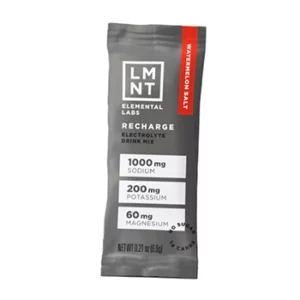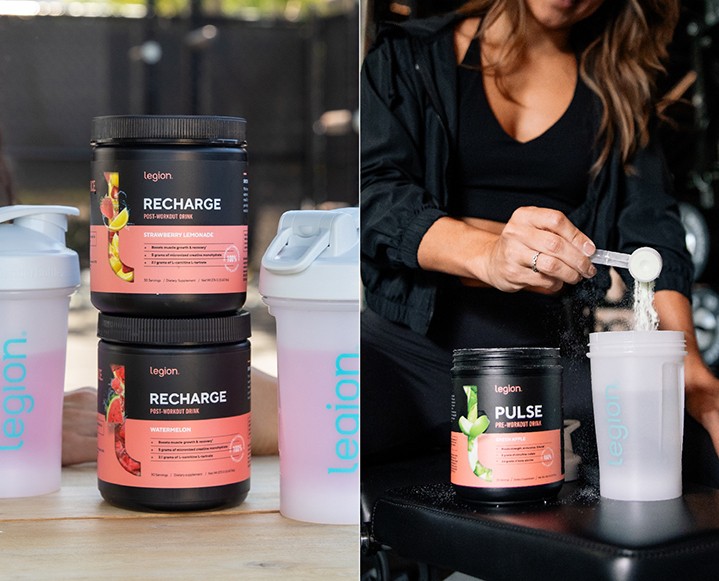We love discussing our latest discovery in fermented foods, cancer-fighting recipes and superfood supplements. So when we find a girl like Diana Ryu of Beso who is neither bored nor frightened by our conversations, we take to her immediately. Here’s Diana on something she knows for sure: kimchi. Whether you’re a newbie or a pro, we find these summer-y kimchi recommendations super-inspiring and right on trend!
There’s been a significant amount of research that proves fermented foods are chock-full of good bacteria (have you read this Chalkboard article about gut health?) that does everything from regulating your immune system to curbing your acne. And while mainstays like yogurt, kombucha, and sauerkraut may be the typical fare, there are a variety of really delicious fermented Korean side dishes, beyond the common napa cabbage kimchi, that differ wildly in flavor and texture while maintaining the bright acidity that kimchi is famous for.
Traditionally, different types of kimchi would be made according to what was seasonally available: Cucumber and daikon during the summer, while Napa cabbage was stored away for weeks in underground stone pots until winter. Here we explore three eat-like-a-Korean kimchi options that provide the same benefits as Napa cabbage kimchi.
Cucumber Kimchi: Made with stout Kirby or Persian cucumbers that are shorter and crisper than their larger hothouse cousin, oh-yi kimchi is a fresh, crunchy alternative to the napa cabbage version and only takes about two weeks to ferment. Cucumbers are stuffed with a slaw of shredded carrots and chives, making them a more naturally sweet version, and can even be eaten alone as a spicy snack. It’s garlicky and has a major kick, best served very cold, alongside hot foods or during warm summer months.
Spicy Daikon Kimchi: Kkakdugi is an easy-to-make kimchi of cubed radish pieces marinated in a simple mixture of water, rice powder, red pepper flakes, salted shrimp and sugar. These have a substantial bite, and a sharp wasabi or horseradish flavor. Tip: Drop these guys into soup to add a healthy crunch (bye-bye, croutons) and your run-of-the-mill stock is immediately transformed into a gratifyingly spicy concoction.
Water Daikon Kimchi: – Dongchimi has thin slices of half-moon radish pieces swimming in ice-cold, fizzy, fermented water that bites with salt and vinegar. The cool, sour base is so delicious that it’s often used in the summer as the broth for a cold noodle dish called dongchimi gooksoo. Simply throw in noodles and top with thick, hearty slices of tomatoes and cucumbers for refreshing results.















